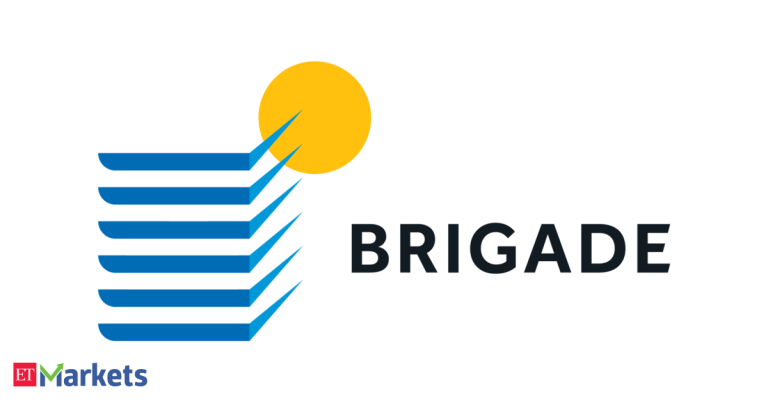A young man took a ₹40 lakh loan to pursue a Master’s degree in the U.S., hoping for a lucrative job post-graduation. Instead, he returned to India after a year of searching and settled for a ₹75,000-per-month job.
With a monthly EMI of ₹66,000, nearly 88% of his salary vanishes instantly — leaving him with just ₹9,000 to survive. Bengaluru-based fintech founder Pramesh Khanna shared this account on LinkedIn, calling it “a financial crisis—where income is too low to cover debt and living costs, leading to stress and risks like loan default.”
Khanna explained that this situation highlights the stark mismatch between education costs and real job market outcomes. He pointed out that when 90% of income is diverted towards EMIs, individuals may end up borrowing more just to meet basic expenses.
According to him, expensive international degrees no longer guarantee high-paying roles, especially amid visa constraints, industry saturation, and a sluggish global economy. The consequences, he warned, go beyond finances—chronic stress, anxiety, and strained personal relationships often follow. Worse, defaulting on such loans can damage one’s credit score for years, and if family members have co-signed the loan, their financial health is also jeopardized.
Khanna was clear in his stance: he would be extremely cautious before taking on such a massive loan. He advised doing a thorough ROI analysis, factoring in realistic salary expectations both in India and abroad. He suggested considering lower-cost, high-ROI alternatives like European public universities or top Indian institutions like the IITs and IIMs.
According to Khanna, an EMI of ₹66,000 should ideally account for only 30–40% of post-education income, implying that a monthly salary of at least ₹1.65 lakh is necessary. He also recommended having a backup fund covering 6–12 months of expenses or setting up side incomes in advance.
To manage or escape such a crisis, Khanna outlined several strategies. He advised renegotiating loan terms to extend tenure and reduce EMI burden—for instance, a ₹40 lakh loan at 10% over 15 years would bring the EMI down from ₹52,900 to ₹43,000. Supplementing income through freelancing in tech, marketing, or consulting could add ₹20,000–₹30,000 monthly.
Khanna also suggested cutting living costs by moving to more affordable cities, sharing rent, and using public transport. For those already enrolled, he emphasized applying for merit-based scholarships and grants. Upskilling in fields like AI or data science, he said, could create better job opportunities. Where possible, family support could help bridge the gap. Additionally, Khanna stressed the importance of developing alternate skills that open up non-traditional or unorganised work options and side hustles.
Zooming out, Khanna noted that India’s education loan NPAs rose by 11.4% in 2023, a sign that many students are struggling with repayment. India’s total outstanding education loan debt stands at ₹1.2 lakh crore, while the U.S. faces a $1.7 trillion student debt crisis—an indicator of how widespread and systemic this problem has become.
“This story is a cautionary tale,” Khanna concluded. “Education loans can open doors or become a lifelong burden if taken without proper planning.”







